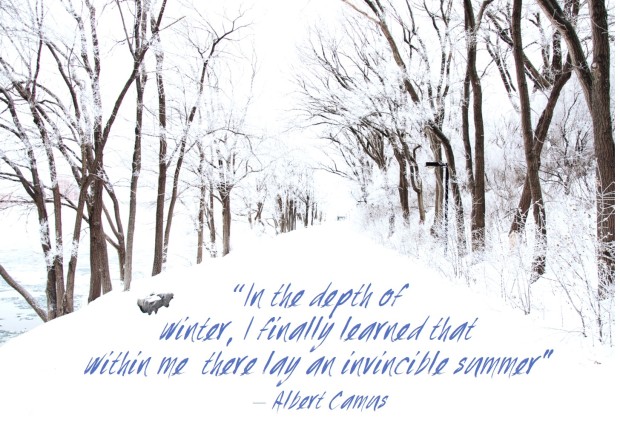Today is the Winter Solstice, an astronomical event which is significant because it marks the shortest day and longest night of the year in the northern hemisphere. Throughout history almost all cultures and religions, reaching as far back as the Neolithic period, have had a celebration of fire or light during the winter months around the Solstice. The celebration of the Solstice is a reflection of the changing of the seasons and the rebirth of the Sun; from this day onwards until the Summer Solstice in June, the darkness begins to recede and days grow longer.
Saturnalia, the Roman festival of the solstice, was a precursor to many of the traditions we uphold today during December, such as the use of evergreens to decorate the home and the exchange of gifts. The celebration of the winter solstice known as Yule, found in Scandinavia and Britain many years before Christmas was introduced, was originally of Viking origin. Many of our Christmas traditions derive from Yule festivities: decorating trees, making wreaths, Yule logs and mistletoe are all remnants of the ancient winter solstice festivities. In fact, it is now generally thought that the date of Christmas, 25th December, was introduced in order to integrate Christian beliefs with the already existing celebrations of Saturnalia and Yule and facilitate people’s conversion to Christianity.

Image credit: http://gcorrea.tumblr.com/
Besides the celebration of Christmas in the form we know it today, upholding the celebration of the Winter Solstice is valuable in its own right as a way of honouring the changing of the seasons. The Ancient Celts illustrated the natural rhythms of the year using the symbol of a wheel, constantly turning bringing life, death and rebirth. I believe humanity has an innate, ancient, deep and intuitive connection to this rhythm of nature.
In our fast-paced, modern lives however, we can begin to lose our sense of connection to the natural world and its rhythms. The Winter Solstice can help us to reorient ourselves to the ebb and flow of light and dark, life and death, both in the external world and within our own psyche. On the shortest day, when darkness is at its peak, we can rely on the promise of growing light, the symbolic rebirth of the sun and all that nourishes us within ourselves – whether that is the warm glow of love, creativity, servitude or happiness.
The Winter Solstice is therefore the perfect day to set intentions. Generally we set resolutions for the coming year on New Years Day, but the symbolism of the Solstice provides the perfect opportunity to align our intentions for the seasons to come with the rhythms and cycles of nature. We can reflect on the strength and resilience we have found during the darkest times of the year and nurture these moments of insight, love and creativity. Despite the skeletal trees and bare earth around us, we can focus on the life sleeping within them, saving their energy and awaiting the warmth and sunlight on its way.
What will nourish you throughout the winter, and how will you plant seeds for it to grow during spring?
“I am the light that dawns at the edge of the world. I am the silent seed that sleeps in the soil. I hold within me the potential of all that I may yet be. I am the Winter’s dream. I am the sun reborn. I am the spirit of light set free.” – Amy Riddle

